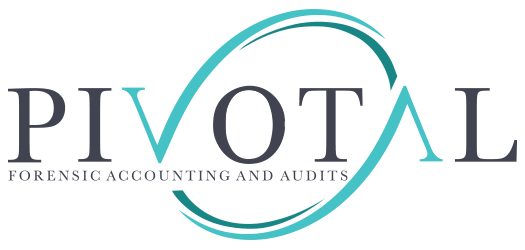Invoice Loophole Allowed Caltrain Employees to Build Hidden Apartments in Stations
June 2025
Financial Crimes
California
While this news may not pertain directly to our own state, it serves as a powerful reminder of the common “blind spots” that exist within small-scale operational spending across government agencies and nonprofit organizations. These overlooked areas often allow employees or contractors to bypass financial controls and avoid regulatory oversight. We share this story as a cautionary example of how weak or nonexistent auditing practices can lead to the misappropriation of public funds—sometimes totaling thousands of dollars before detection. The reputational harm inflicted on organizations entrusted with public money can be profound and, in many cases, irreversible.
Two former Caltrain employees have been sentenced to jail for a brazen scheme that involved building secret apartments inside train stations—unauthorized and hidden dwellings constructed with public funds. The scandal has shocked the Bay Area, not only for its audacity but for what it reveals about the vulnerabilities in public agency oversight, particularly when it comes to financial controls and regulatory thresholds.
At the heart of the case was a loophole exploited by the convicted employees, who systematically submitted invoices that each fell just below the $3,000 threshold required to trigger additional scrutiny by government regulators overseeing Caltrain expenditures. This limit, which was intended to streamline small-scale operational spending, instead created a blind spot that allowed these employees to funnel materials, labor, and services toward the unauthorized construction of living spaces—right inside Caltrain infrastructure.
The case came to light after years of quietly siphoning funds from the transportation authority’s budget. Investigators later discovered fully built-out residential spaces, complete with kitchens, bathrooms, and personal furnishings, hidden within otherwise restricted areas of Caltrain facilities. These apartments were not only unauthorized but also posed potential safety and liability issues, given their location within critical transportation infrastructure.
The individuals behind the scheme were mid-level employees with operational access and a working knowledge of the procurement system. They leveraged their positions to avoid attention by keeping each purchase request under the \$3,000 mark, ensuring that no single transaction would raise red flags. This allowed them to build incrementally, purchasing materials and contracting services over time in a pattern that, while deliberate and coordinated, appeared mundane on paper. The lack of cross-referencing and oversight in Caltrain’s accounting system helped keep the deception hidden for an extended period.
The sentencing of these former employees underscores a glaring issue within public sector financial management: the dependence on arbitrary thresholds as a replacement for active oversight. While thresholds are designed to streamline purchasing and reduce administrative burden, they can also become tools of abuse when not paired with data analytics, audit trails, or vigilant internal controls.
The fallout has triggered a broader internal review at Caltrain, with calls for reforms that extend beyond this one incident. Lawmakers and watchdog groups have criticized the agency’s oversight mechanisms and are urging a comprehensive audit of all sub-$3,000 expenditures over the last decade. Critics argue that the case demonstrates how even seemingly small procedural gaps can be exploited in ways that undermine public trust and misuse taxpayer funds.
This scandal does not just reflect on the individuals who committed the fraud—it calls into question the robustness of the systems meant to prevent it. It also serves as a cautionary tale for other public agencies that rely on fixed thresholds as their primary safeguard against embezzlement. Without layered controls, including periodic reviews, cross-departmental transparency, and digital tools that flag patterns of suspicious spending behavior, these agencies may remain exposed to similar schemes.
As Caltrain works to recover from the reputational damage and rebuild public confidence, this case serves as a stark reminder that even modest financial thresholds—when left unchecked—can open the door to surprisingly elaborate crimes. The challenge now is to implement oversight strategies that don’t just react to fraud after the fact but prevent it from happening in the first place.


